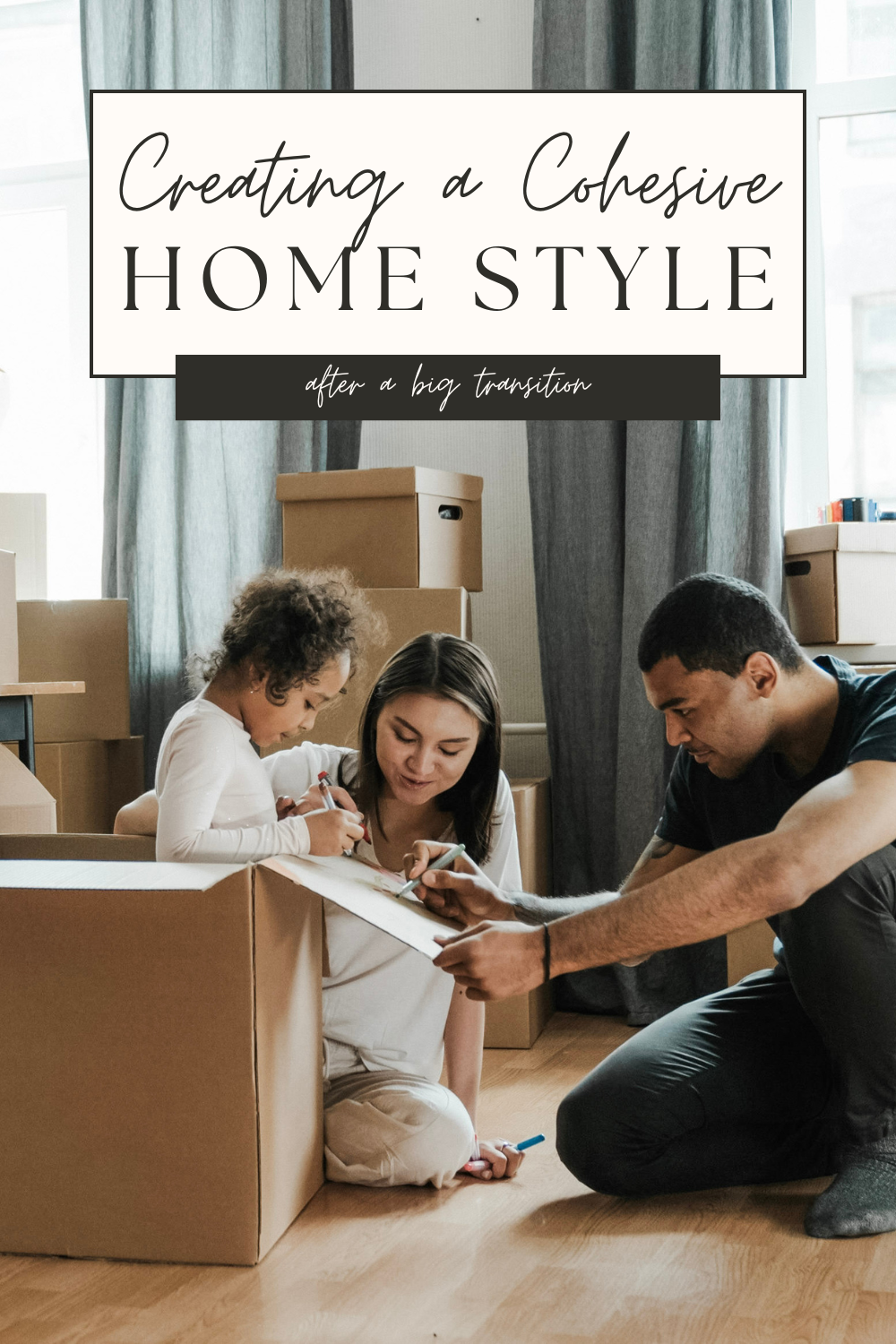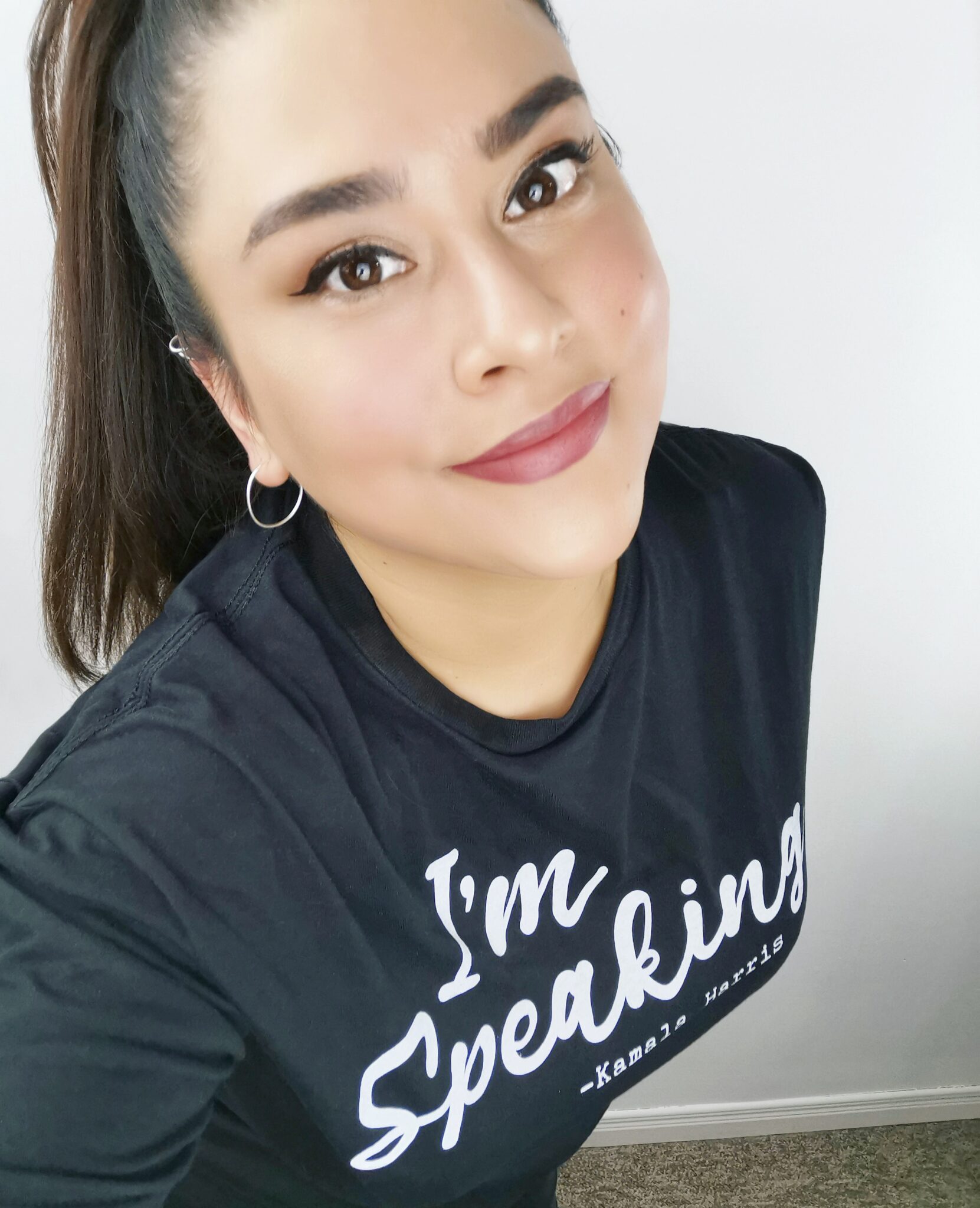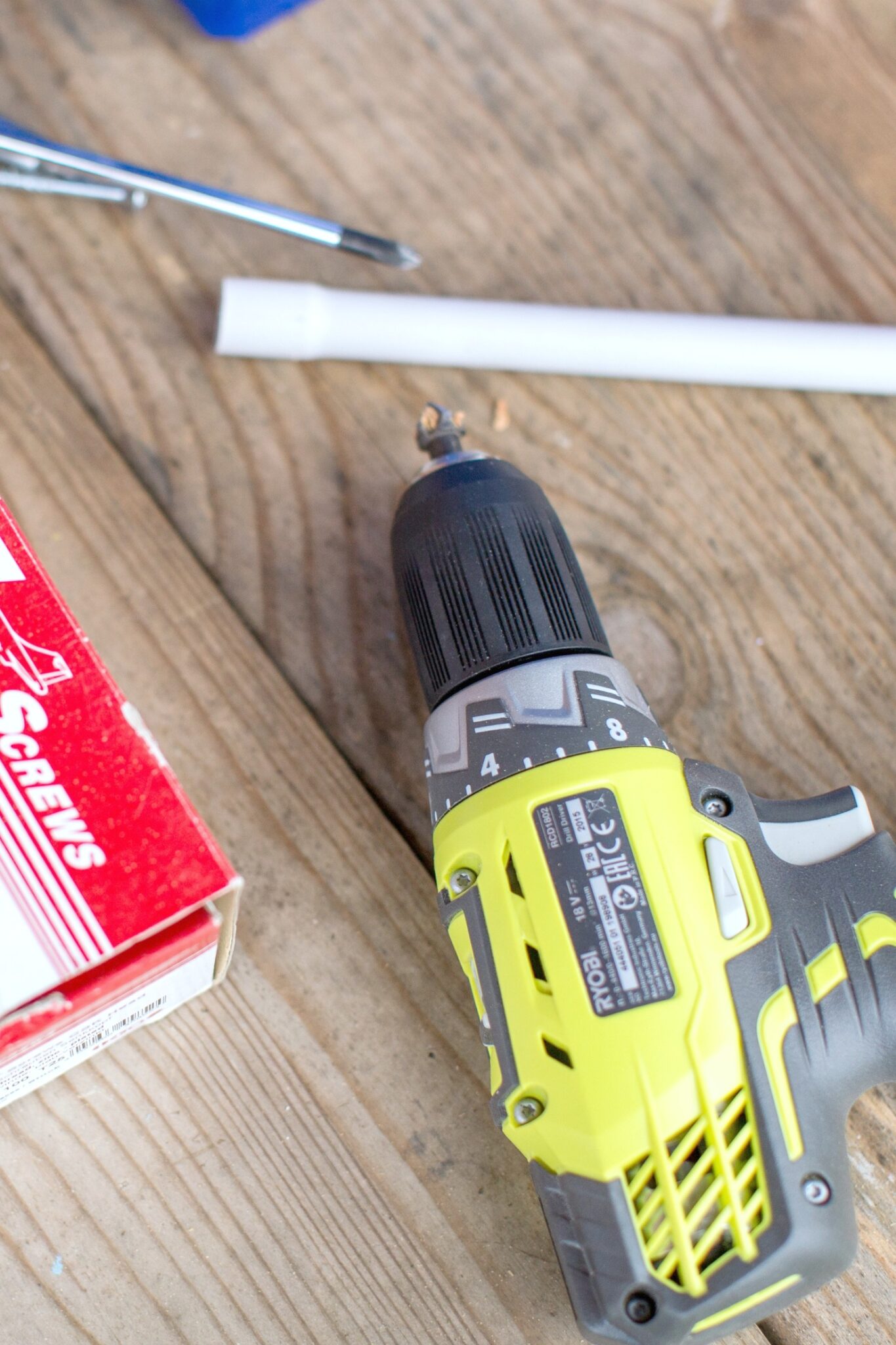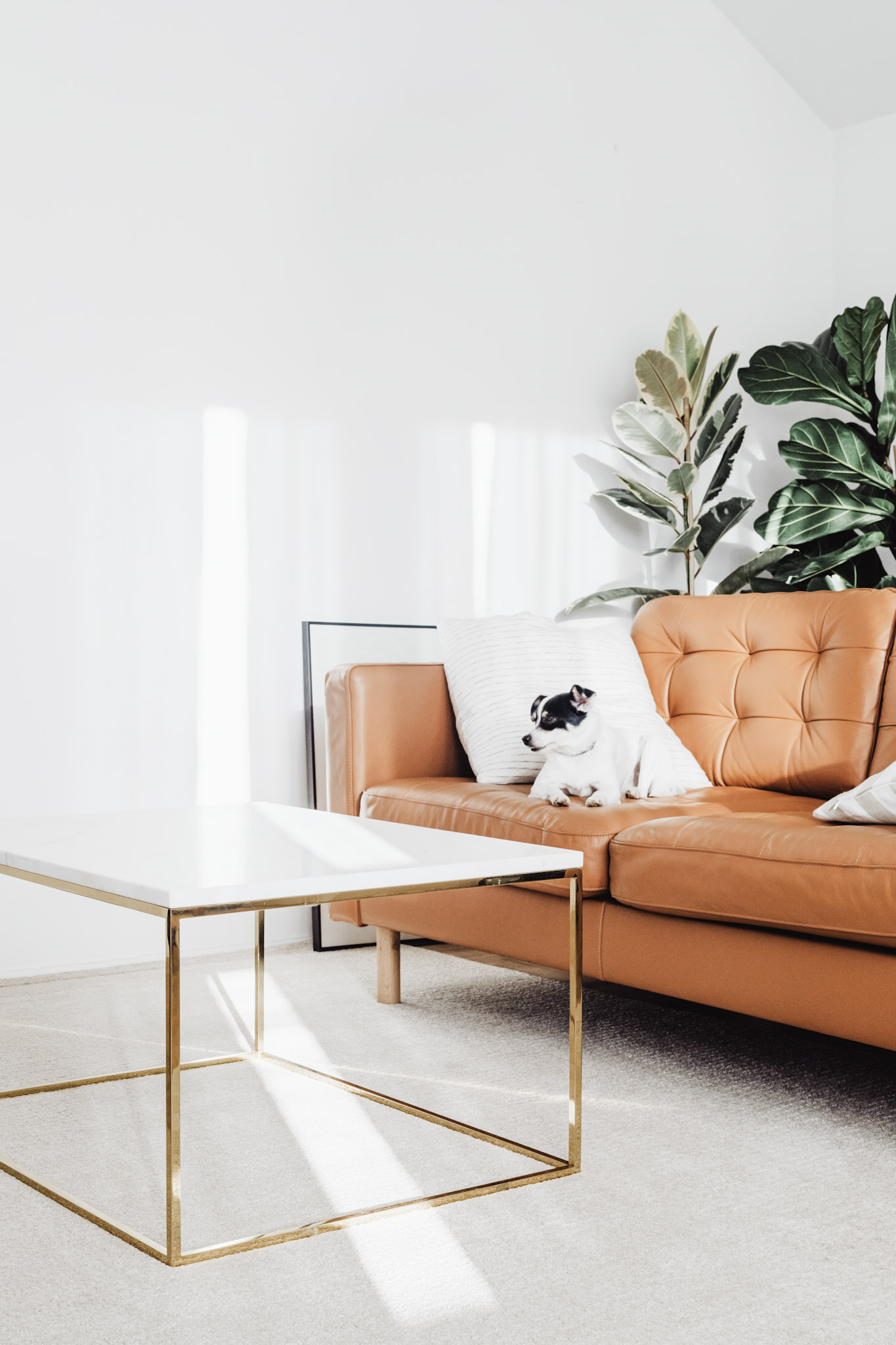Creating a Cohesive Home Style After a Big Transition

Creating a Cohesive Home Style After a Big Transition
Ever moved into a new place in Florida and realized none of your stuff looks right anymore? Between the humidity, the stucco walls, and the fact that tile floors dominate every room, even your favorite couch starts to feel like it doesn’t belong.
In this article, we will share how to bring harmony and purpose to your home’s style after a major life transition.
All without losing your taste, or your mind, in the process.
The Style Hangover That Follows a Big Move
There’s something disorienting about unpacking your belongings and watching them land in the wrong context.
That lamp you loved in your old living room? Suddenly it’s too small, or too shiny, or just not the vibe anymore.
Rugs don’t fit the new layout.
Wall colors throw off your favorite frames. The overall effect feels like someone else’s home with your boxes inside it.
Big transitions, whether personal or practical, tend to expose how style is more than just aesthetics. It’s a reflection of stability, rhythm, and identity.
After a move, especially a cross-city or cross-state one, that identity often goes through a quiet reset. Your surroundings shift.
Your routines change. Your preferences evolve.
Professionals Coral Springs movers help make the logistics smoother, which matters more than people think. A well-handled move reduces the chaos, letting you enter a space with some mental clarity.
When your boxes arrive on time and your furniture isn’t scratched or jammed into the wrong hallway, you’re in a better position. You can think clearly about layout, flow, and what actually works in the space.
The less time you spend recovering from a messy move, the more time you have to create something intentional.
And yet, the deeper challenge comes after everything is placed. That’s when you realize cohesion isn’t just about matching colors.
It’s about making your life fit the room—and the room reflect your life.
Don’t Decorate for the Empty Room — Decorate for the Life You Live in It
One of the biggest traps people fall into after a transition is trying to style their new home like it’s a blank canvas.
In theory, that sounds exciting. A clean slate. A chance to start fresh.
But in practice, decorating from scratch often creates a sterile, impersonal feel. It looks fine, but, it doesn’t feel like home.
The better approach is to style around your actual habits. Not your Pinterest board ideals, but how you move, eat, work, and relax on a regular day.
If you always read on the couch, prioritize lighting and side tables there. If you take Zoom calls from the kitchen table, make that space functional, not just pretty.
Or if your shoes somehow always land by the door, maybe build a system that embraces that, instead of fighting it.
Cohesion isn’t about everything matching. It’s about everything making sense. That bookshelf should go where it gets used, not just where it looks balanced.
Your rug doesn’t need to fill the whole floor, just the part where your feet actually land. Build the visual flow around real movement patterns.
Not just from room to room, but from one activity to another.
Homes that feel good to live in usually look better, too. Not because they follow style rules, but because they follow the rhythm of the people in them.
Let Go of What No Longer Belongs in This Version of Your Life
Transitions create an odd mix of nostalgia and opportunity. You want to hold on to the things that made your last home feel comfortable, even if they don’t function well anymore.
The oversized sectional from your loft apartment might overwhelm your new space. The collection of prints that filled your old hallway might look cluttered in a home with open-plan walls.
Learning to edit is one of the most important parts of creating cohesion. Not everything needs to survive the move.
And even the things that do don’t have to stay in the same role. A bench that lived in your entryway before might work better as seating under a window now.
The side table you once used for a plant could become a nightstand. Think of your belongings less as fixed objects and more as versatile pieces in a new layout.
Of course, editing takes emotional energy.
Letting go isn’t always easy. But if something doesn’t work in the new space—and doesn’t spark a clear function or feeling—it’s better to move on.
Homes need air, not just furniture. Space to breathe. Space to adjust.
Use Color and Texture to Create Consistency, Not Uniformity
It’s tempting to solve cohesion by picking a “palette” and applying it to every room, like a paint-by-number kit.
But most homes end up feeling flat. Especially when every room repeats the same colors and textures without variation.
The better approach is to build connection through tone and weight.
If your living room leans warm, terracotta, beige, or rust—don’t force your bedroom to match it exactly. Echo those tones with wood accents, textured fabrics, or lighting choices instead.
That creates a subtle thread between rooms without making them feel like clones.
Likewise, mixing materials can help a home feel layered and lived-in. A modern coffee table next to a vintage armchair doesn’t clash if the finishes speak to each other.
Contrast works better when there’s intention behind it. Texture becomes a bridge when color can’t carry the load.
Lighting plays a key role too. Inconsistent lighting, like bright LED in one room and soft amber in the next, disrupts flow.
Try to build a consistent quality of light, even if the fixtures vary. That alone can make a scattered home feel more united.
A Cohesive Home Reflects Who You Are Now, Not Who You Were Then
Transitions change more than just your address. They shift your routines, your pace, even your perspective. A cohesive home style honors that change.
It doesn’t try to recreate what you had before or imitate what someone else is doing.
It captures what works for this moment, in this space, with the person you’ve become.
That’s not always easy. But it’s worth the effort.
At the end of the day, the best homes aren’t just styled. They’re understood. They support you, reflect you, and help you move forward—even after everything else has already moved.
How do you create a cohesive home style after a move?
Let me know, til then—cheers m’deres!

PIN FOR LATER:


Nancy Polanco is a freelance journalist, lifestyle content creator, and editor of Whispered Inspirations. She is a proud Mom to Gabby and Michaela and partner and best friend to Darasak. Having worked as part of a health care team for almost a decade, Nancy is happy to be back to her passion. She is a contributor to the Huffington Post, TODAY’s Parents, and an Oprah Magazine Brand Ambassador.






